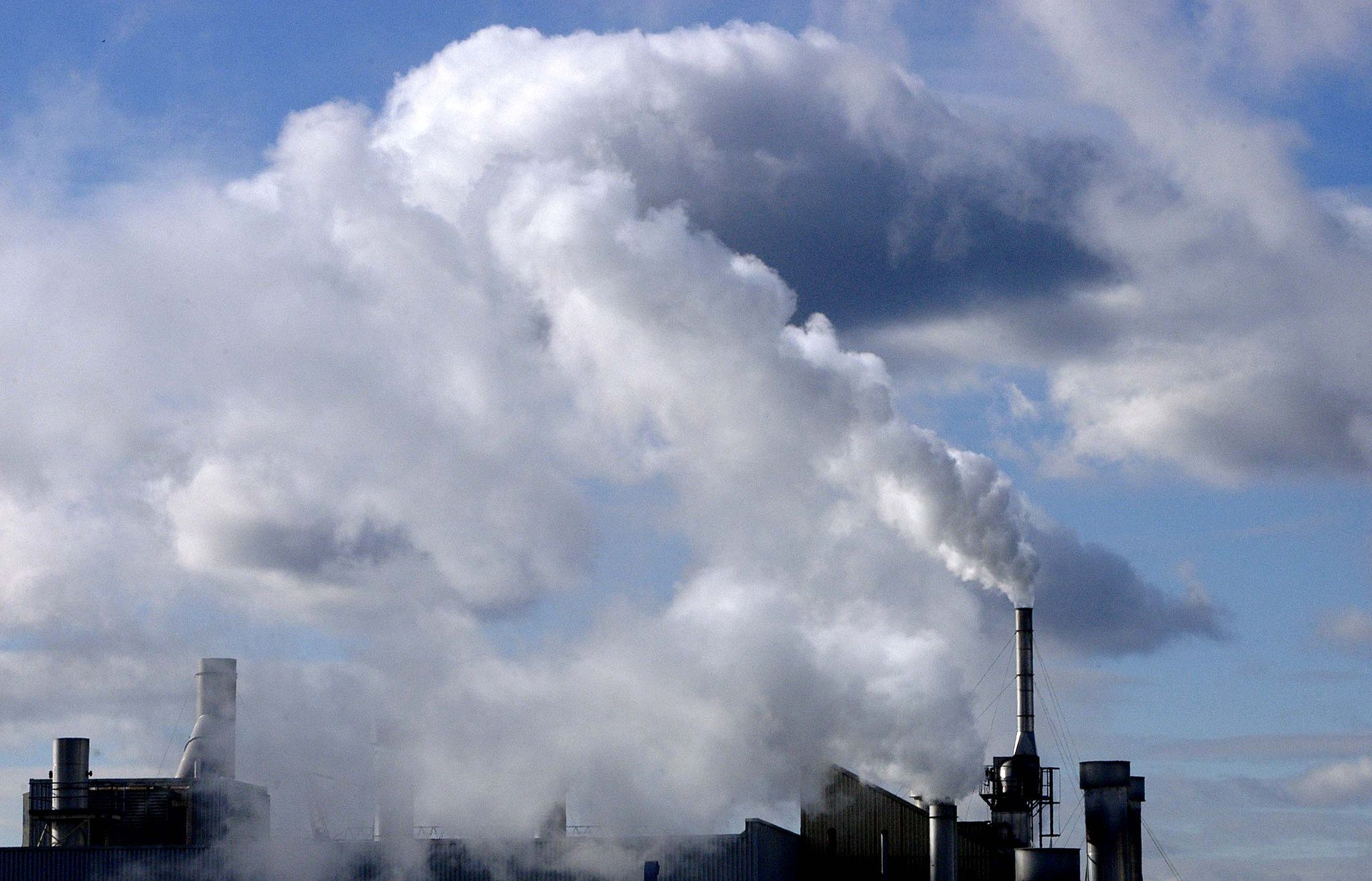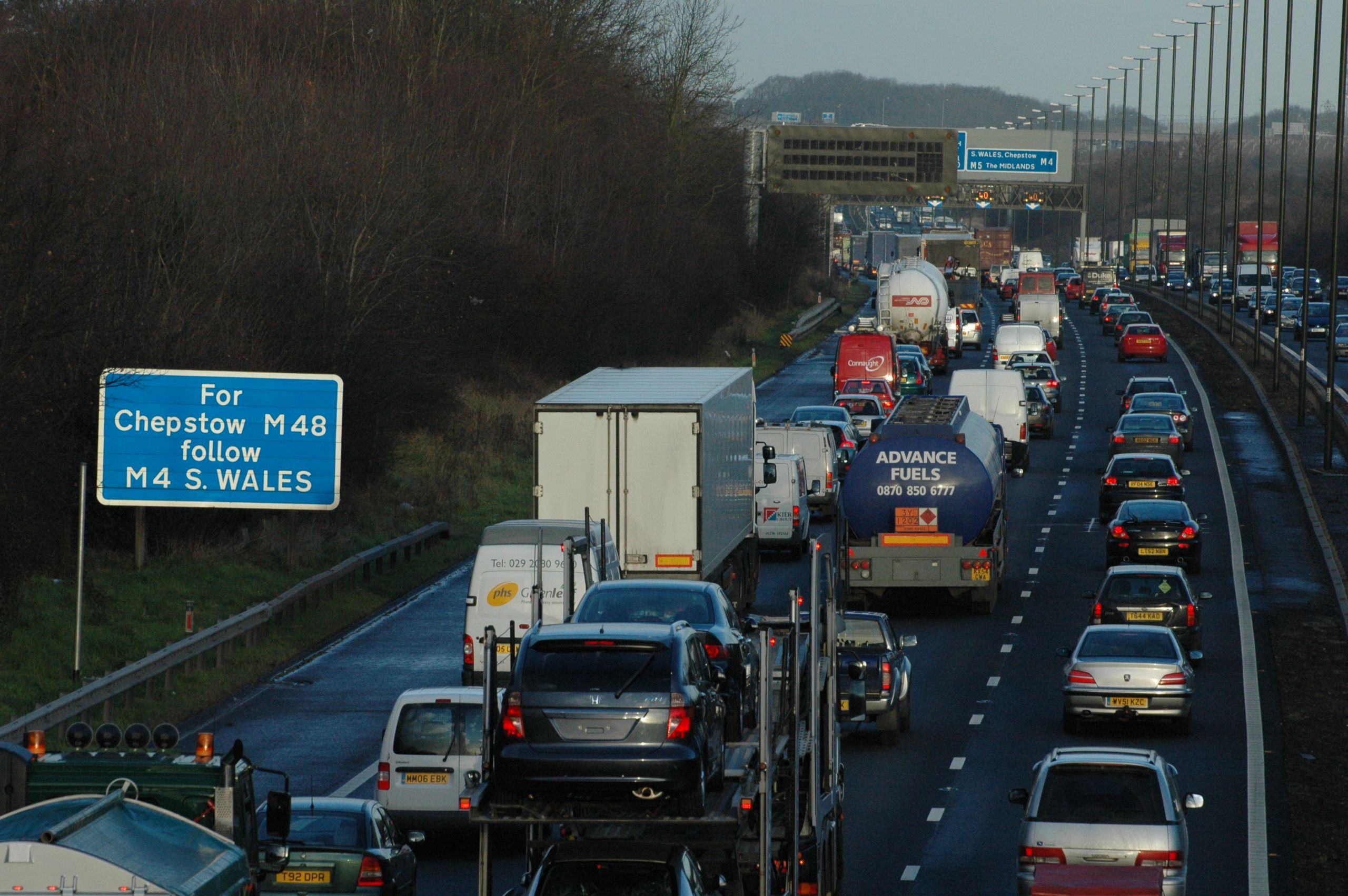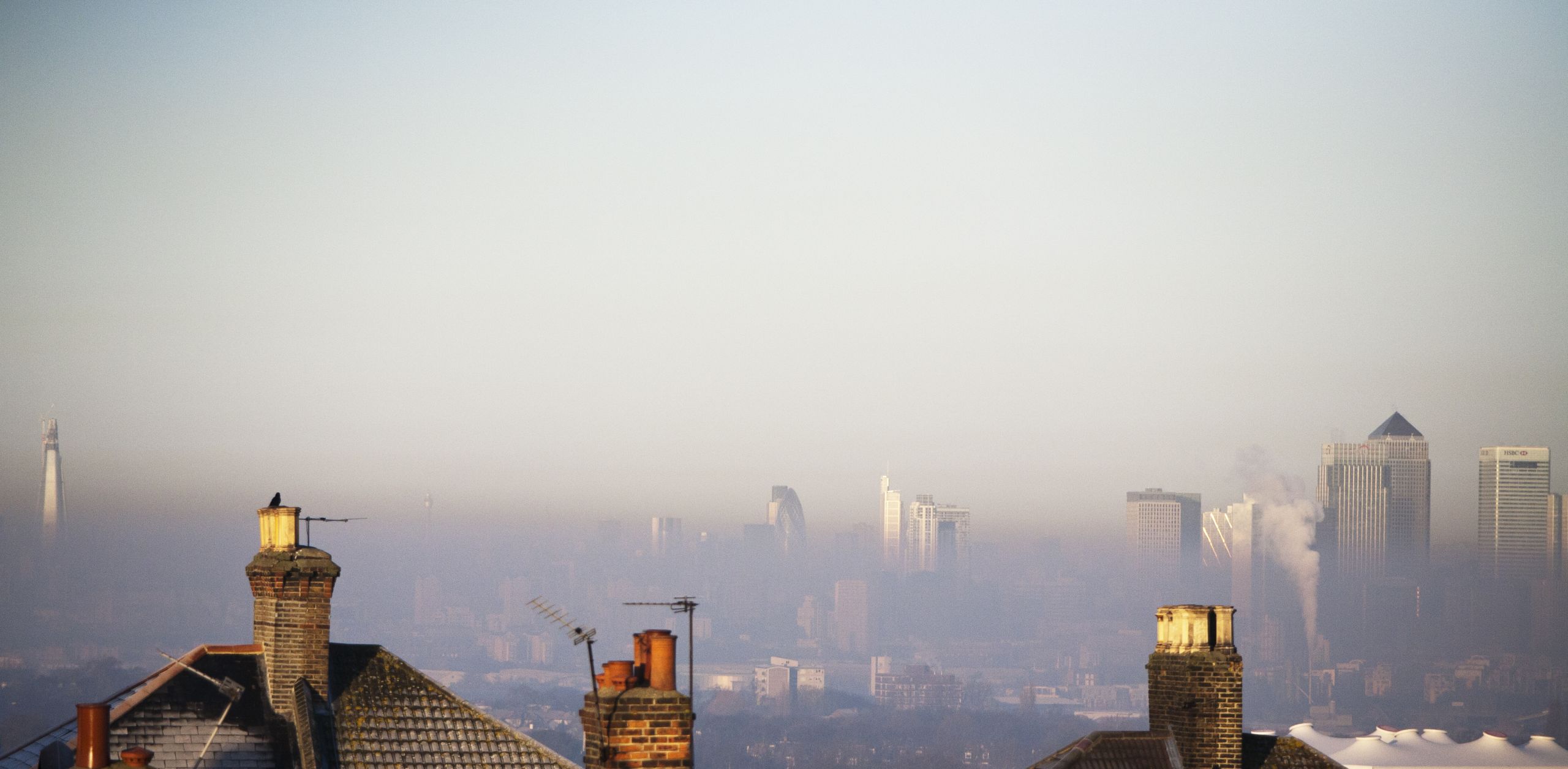Local government data reveals UK councils are not doing enough to tackle climate change
Statistics show high levels of CO2 across the UK despite growing climate concerns

Photo: Flickr (jonbgem)
As of February this year, 274 councils have announced a climate emergency.
We submitted freedom of information requests to investigate what local governments are doing to address the climate crisis across the five most populated UK cities.
These cities include Greater London, Birmingham, Manchester, Bristol and Liverpool.
According to an expert, CO2 levels across the country are still too high.
Dr Alecia Nickless, a research associate in the Atmospheric Chemistry Research Group, at the University of Bristol said: “Yes, at present they are too high, to be carbon neutral we will need to get the CO2 emissions per capita down to zero.
“For cities, the transport sector is one of the major emitters, and it’s one of the sectors that cities have the most control over.
“Carbon emission reductions from the energy sector need to be done at the national level.”
National Government statistics record carbon dioxide emissions each year across the whole of the UK.
Dr Nickless added: “At the personal level, we have to be aware of the carbon footprint of everything that we buy, for example buying local instead of buying imported goods, and the footprint of the components that make that product, as well as every activity that we’re involved in."

Greater London ranked the worst polluter in the UK, with 29, 709 kilotons of CO2 produced in 2017.
This amount of carbon would mean the city would need to plant just under 1.4 billion trees to absorb the amount of CO2 that the capital produces.
London has been involved in several projects to help reduce pollution which includes the use of hybrid or zero-emission buses and the introduction of the Ultra-Low Emission Zone (ULEZ) in central London.
The Mayor's Greener City Fund has also supported the planting of over 100,000 trees across the city.
Birmingham placed as the second biggest polluter after London.
In 2017, the Midlands city produced enough CO2 to fill Wembley stadium 533 times.
Birmingham planned to introduce a clean air zone this July, but the launch has since been delayed due to an inaccurate vehicle registration checking system.
However, the city has been awarded funding by the Office for Low Emission Vehicles (OLEV) to install 197 electric charging points, which are expected to be installed this year.
Bristol ranked the most pro-active council in tackling climate change and produced the lowest amount of CO2 in 2017 compared to the other four cities.
The city produced 1588 kilotons of CO2 in 2017: the equivalent mass of just under 2,000 double decker buses.
Bristol was the first UK council to announce a climate emergency, and has since met and exceeded their target to reduce carbon emissions by 60 per cent three years early.
The largest city in the south west of England was the UK’s first local authority to build and manage their own large scale wind turbines, which could generate enough clean energy to power over 14,000 homes.
Along with larger projects, the city council has also created several water filling stations around the city to avoid single use plastic bottles.
The Mayor of Bristol, Marvin Rees said: “Bristol is an incredibly environmentally-conscious city, which is reflected in the way we are leading the response to one of the most complex challenges humanity has ever faced.
"We are proud of the fact Bristol has inspired others to recognise the importance of the climate and ecological emergencies."
The council’s additional spending on the climate emergency totalled a quarter of a million pounds during 2019/2020.
In 2017, Manchester produced 2088 kilotons of CO2, this weighing a little more than five and a half Empire State buildings.
Manchester City Council have been involved in several green projects, which includes covering 20 per cent of the city with trees and developing the Metroshuttle bus service; a free bus that uses electric and low carbon diesel engines.
Liverpool’s CO2 total hit 1782 kilotons in 2017, this being the equivalent of 1.6 trillion pints of beer.
Although the city’s carbon emissions are relatively lower, the city council is still in the climate emergency planning stage, so projects are yet to be delivered.
Plans for flood prevention, living walls and roofs and projects such as tree planting are in place across the whole of Liverpool.
However, according to the 2018 World Health Organisation (WHO) Report, Liverpool was one of the UK cities with a figure that exceeded the WHO guidelines of PM 2.5, a particle which can affect health.
Photo: Flickr (stu mayhew)
PM 2.5 and PM 10 are fine particles, of different sizes.
The effects of these particles can damage health among people with lung or heart disease as well as the elderly and children.
Evidence suggests that both short-term and long-term exposure to the particles can cause respiratory and cardiovascular illness which can result in death.
Many other UK cities also exceeded the 10 micrograms per cubic metre (µg/m 3) limit including London, Bristol, Nottingham and Leeds.
Professor Roy Harrison, of Environmental Health at the University of Birmingham, explains that the particles can form in the atmosphere from a chemical reaction, these are called secondary particles.
Primary particles come from sources such as road transport, wood burning, industry and also from natural sources such as dust from the Sahara Desert.
Government policies are in place to reduce these primary emissions.
Professor Harrison said: “Since 2011, all new diesel cars have been fitted with particle traps, so the particles coming from diesels are reduced and we can see evidence of this in the atmosphere.
“We are also controlling sulphur dioxide emissions (a gas released from burning of fossil fuels), this reduces the sulphate in the atmosphere, meaning it’s better for human health.
"However, the sulphate has actually been calling climate change because sulphate particles reflect sunshine back to space so by reducing the sulphate particles, we are inadvertently increasing the effects of climate change.”

However, the most populated UK towns and cities are not always the most polluting.
Sunderland, Gateshead, Stockton-on-Tees and Hartlepool all surpassed the five most populated UK cities on creating the most carbon per person in 2017.
Dom Armstrong, Green Party councillor for Washington South in Sunderland said: “I have no doubt there is some mitigating reason behind [the high CO2 levels per person] but that’s not to say there aren’t things we can do to improve it.
“The climate change emergency was passed in Sunderland and that was a good sign of things to come.
“The climate crisis work at the council is positive, but they could be doing more.
“Climate change is the central reason I’m involved in the Green Party, trying to make change is the thing that gets you up in the morning.”
There are still 134 local authorities across the UK yet to declare a climate crisis.
Experts warn that more will need to be done in order for the UK to be carbon neutral by 2050.

